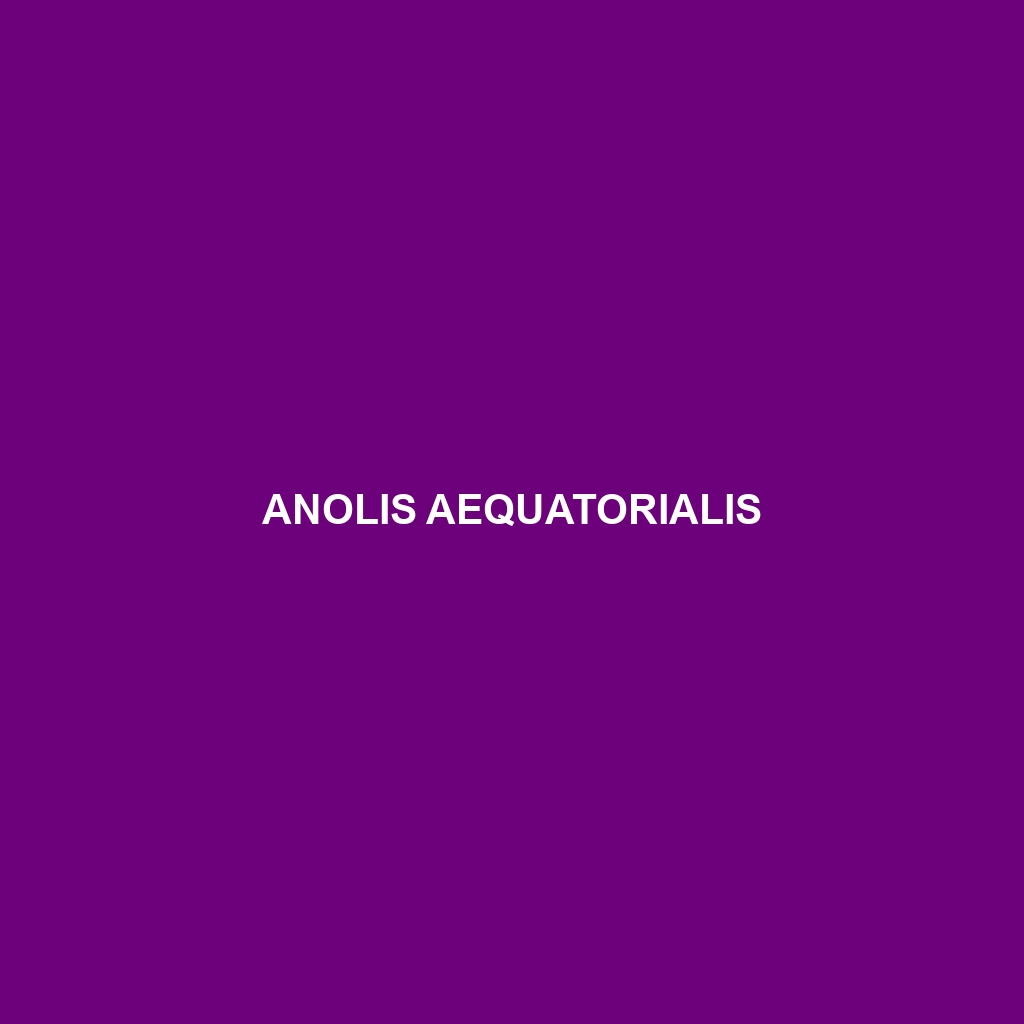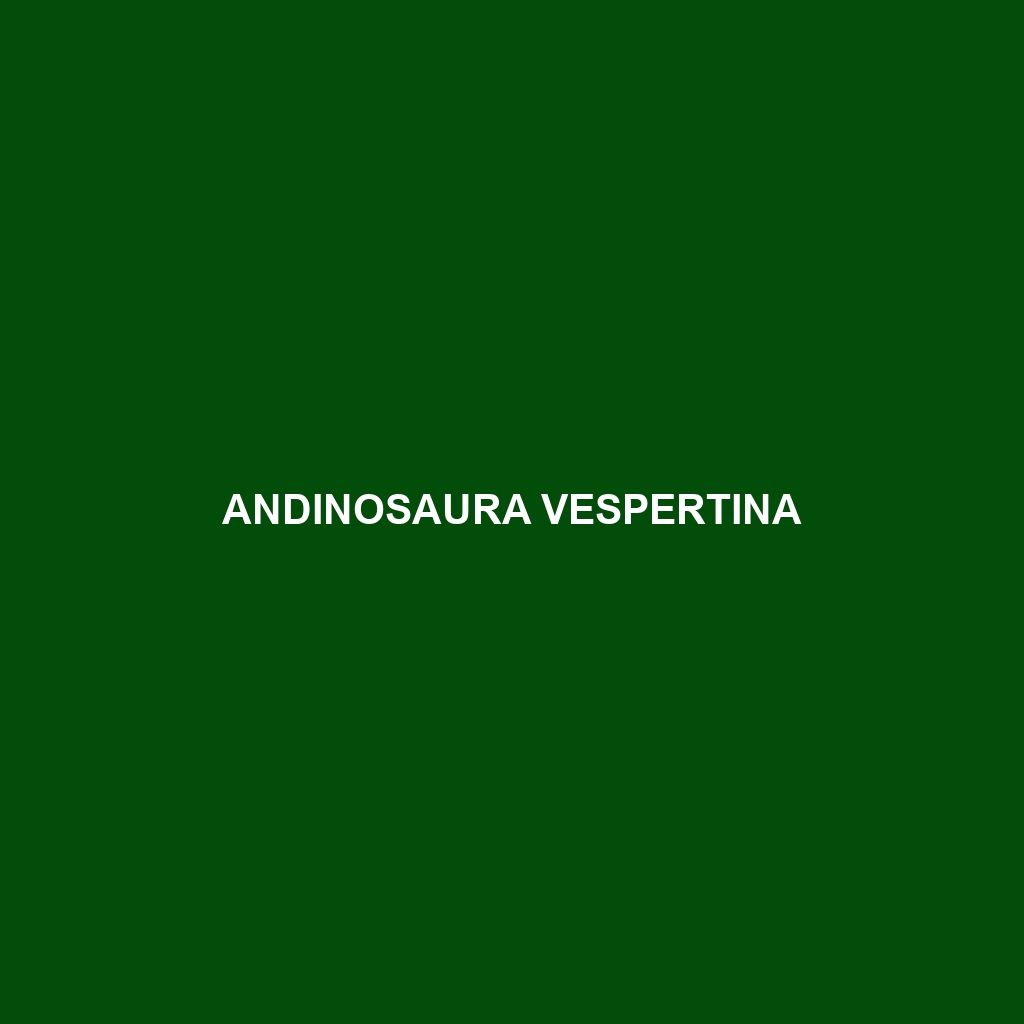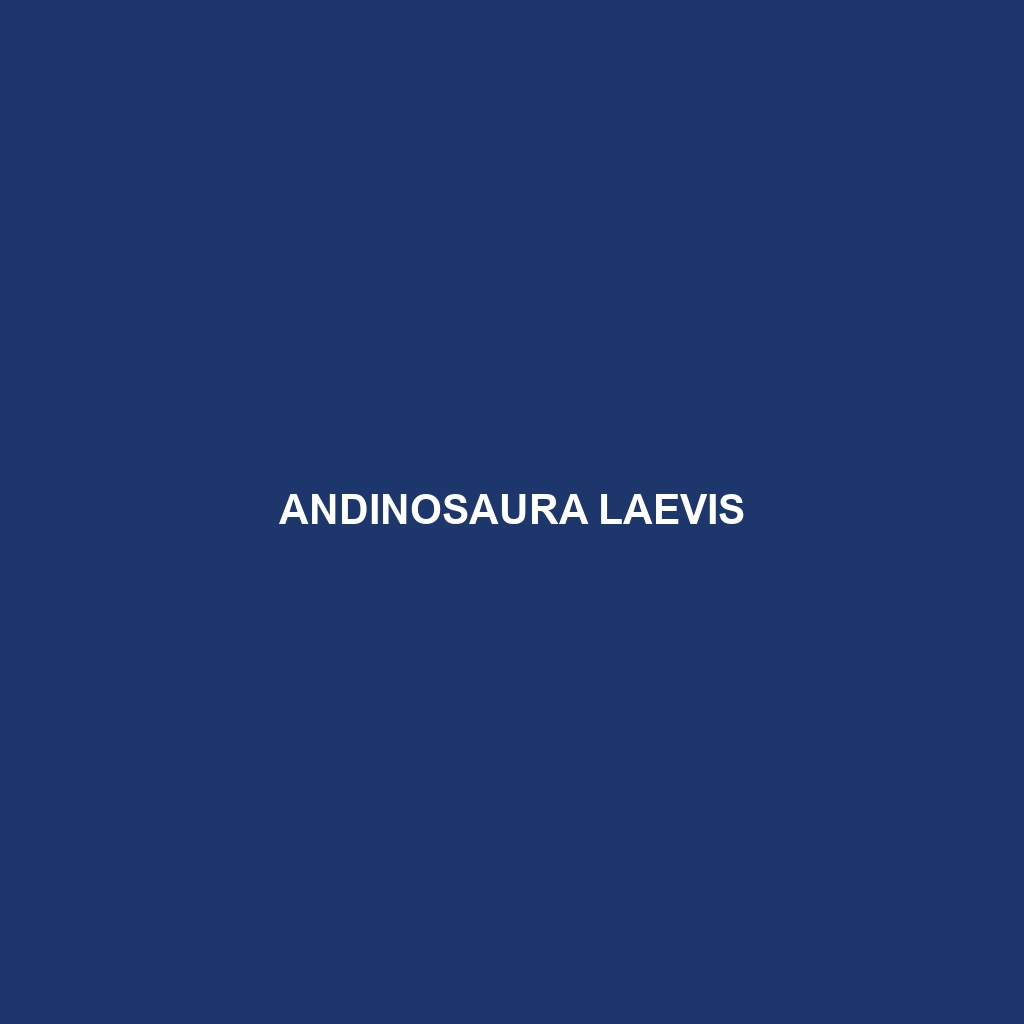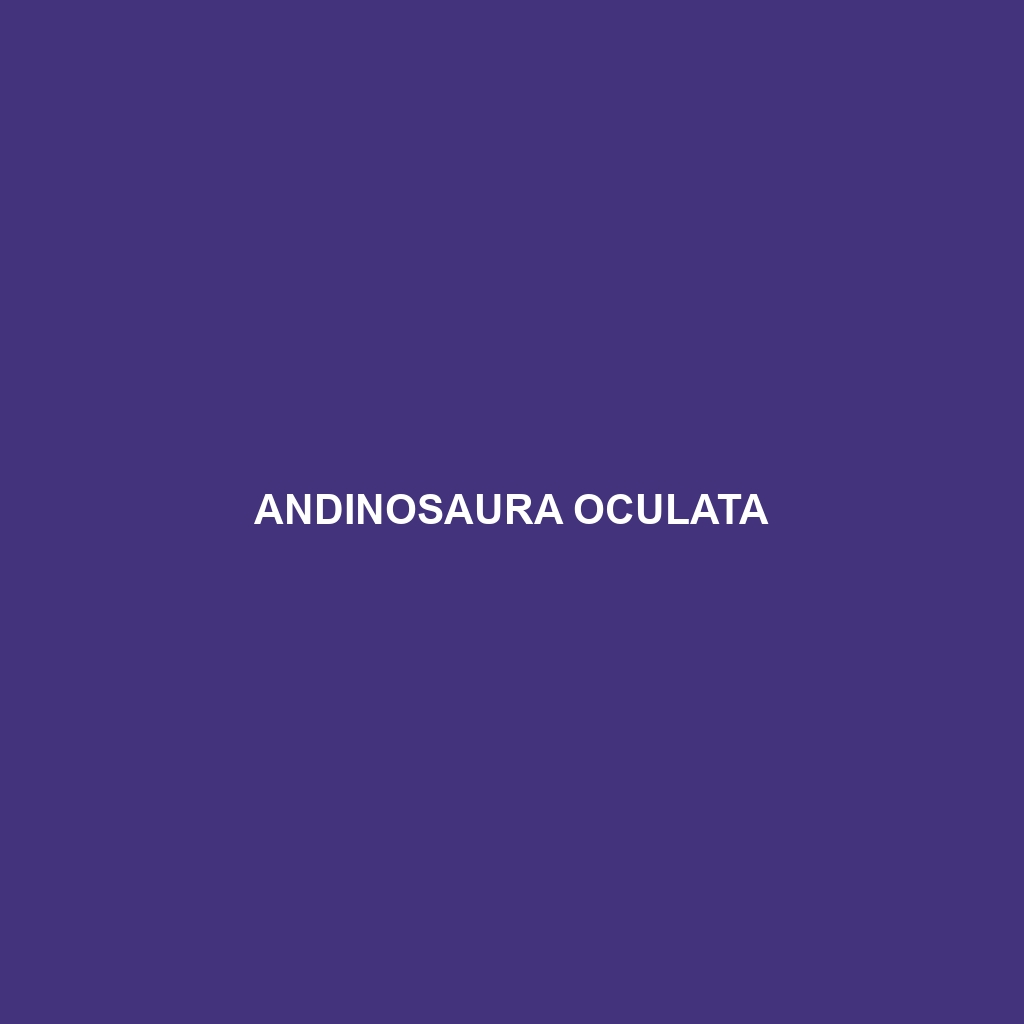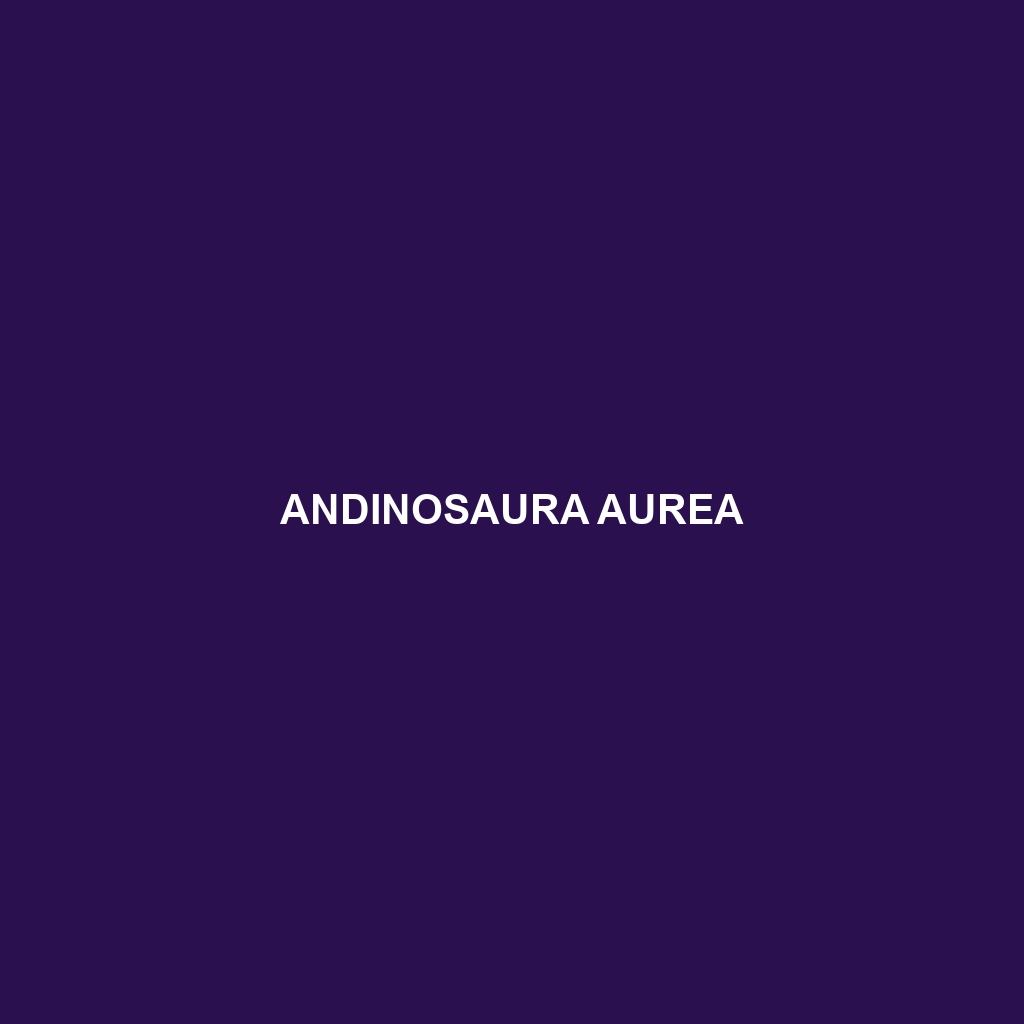Anolis aequatorialis, commonly found in Ecuador and Colombia's tropical forests, is a vibrant lizard measuring 6 to 8 cm that exhibits territorial behavior, primarily feeds on insects, and plays a vital role in its ecosystem. Currently classified as 'Vulnerable', this species is distinguished by its remarkable adaptability and striking color variations.
Tag: lizard reproduction
Andinosaura vespertina
<div class="woocommerce-product-details__short-description"> <p><b>Andinosaura vespertina</b>, a Vulnerable species found in the montane forests of Colombia and Ecuador, features a distinctive greenish-brown coloration, reaching lengths of 20 to 25 cm. Agile and social, this diurnal lizard primarily feeds on insects and plays a vital role in its ecosystem by controlling insect populations.</p> </div>
Andinosaura laevis
Discover the Andinosaura laevis, a vulnerable lizard native to the Andean foothills and tropical rainforests of South America, characterized by its slender body, vibrant green to brown coloration, and arboreal habits. A crucial part of its ecosystem, it feeds primarily on insects, plays a role in population control, and exhibits fascinating adaptive behaviors.
Andinosaura oculata
Discover the fascinating Andinosaura oculata, a vibrant lizard endemic to the humid forests of the Andean slopes in Ecuador and Colombia. With its distinctive dorsal patterns, agile movements, and vital role in controlling insect populations, this species is classified as Vulnerable due to habitat loss, highlighting the need for conservation efforts.
Andinosaura crypta
Discover the Andinosaura crypta, a vibrant green and brown lizard native to the montane forests of Colombia and Ecuador. With a diet primarily consisting of insects, this intriguing species is known for its unique arboreal behavior and plays a vital role in maintaining ecological balance within its high-altitude habitat.
Andinosaura aurea
Discover the Andinosaura aurea, or golden skink, a diurnal lizard native to the cloud forests of South America. With its striking golden-brown coloration, it thrives in humid habitats, primarily feeding on insects while playing a vital role in maintaining the ecosystem's balance.
